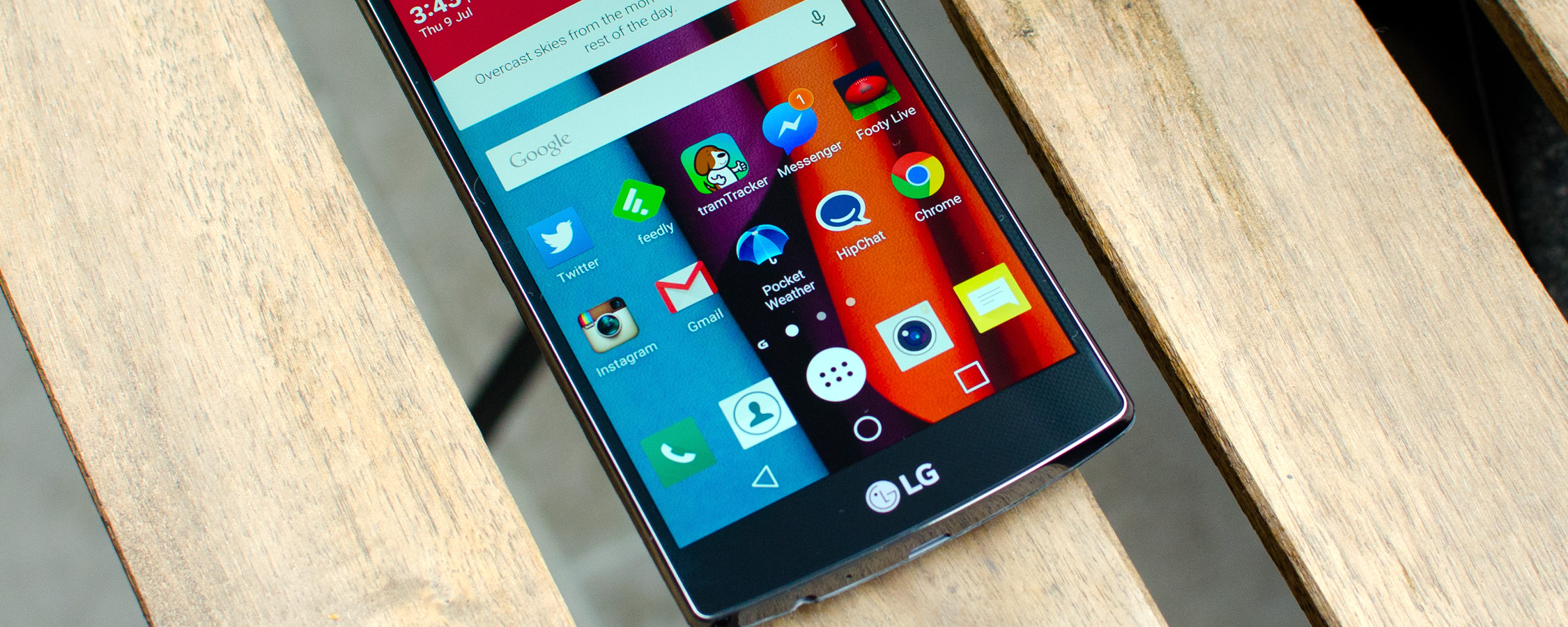GPU and NAND Performance
Let's take a look at how the LG G4 performs in 3D-heavy workloads with a 1440p display to power.




As expected, the GPU is the weakest part of the Snapdragon 808 SoC. The Adreno 418 does outperform the Adreno 330 in the Snapdragon 801 by around 30%, matching gains on the CPU side, and this results in greater performance compared to the LG G3. However, comparing the G4 with its 1440p display to a 1080p device like the Sony Xperia Z3 results in an on-screen performance drop of 16%, which shouldn't have significant repercussions in mobile gaming.
The Adreno 418 is 17% slower than the Adreno 420 in the Snapdragon 805, which is expected due to its lower part number. Although this makes the Snapdragon 805 technically a better chip for 1440p gaming, despite its lower CPU performance, I don't expect we'll see the 805 deployed in any more 1440p devices. Despite throttling concerns, the Adreno 430 in the Snapdragon 810 was 56% faster when comparing peak performance.
Once again the Galaxy S6 outperforms the LG G4 in GPU-bound tasks, recording performance 21% higher from its Mali-T760 MP8 GPU.


I was very pleased with the LG G4's NAND performance, especially its read performance, beating most last-generation flagships by a significant margin.

The above charts show how the Snapdragon 808 throttles throughout an extended run of GFXBench's T-Rex test. Essentially, there is no throttling to be seen: despite the apparent fluctuations in the top-left performance graph, the actual recorded scores for each of these tests only vary by ±1% across 29 iterations, which is great from a performance SoC. Temperatures and clock speeds are well managed to achieve great sustained performance.
